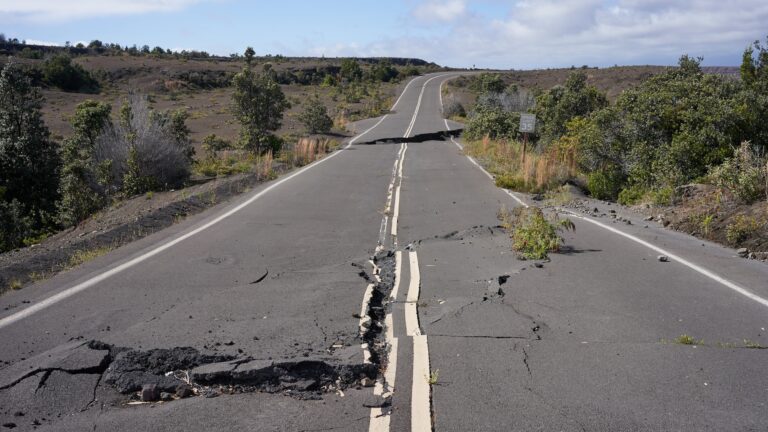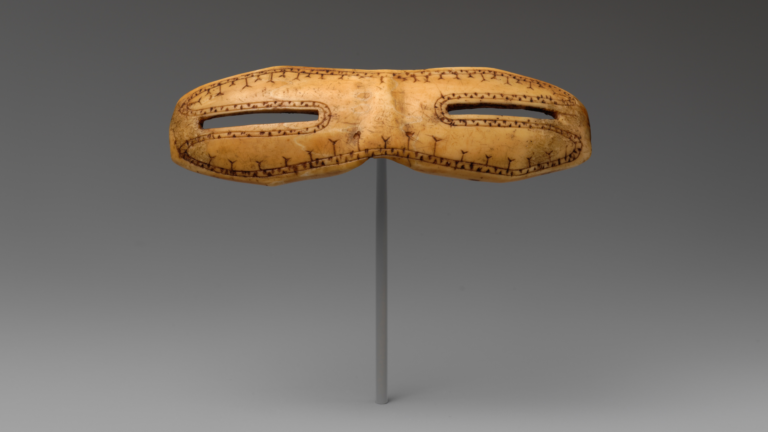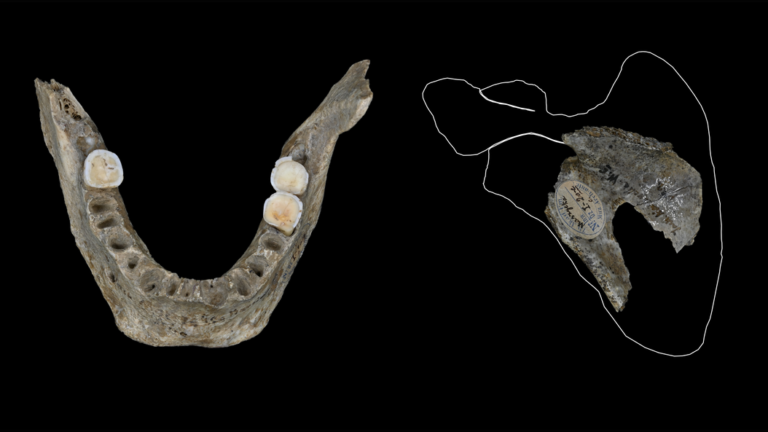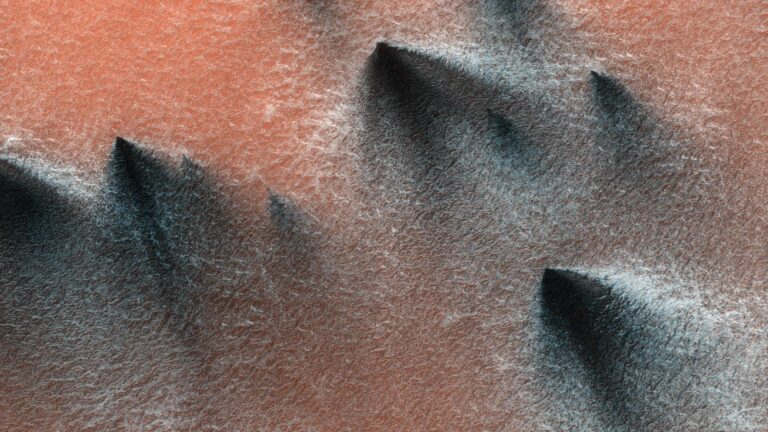Earthquakes: Facts about why the Earth moves

Discover interesting facts about how big earthquakes can get, why earthquakes happen, and why they’re so hard to predict.
Science and Technolgy blog

Discover interesting facts about how big earthquakes can get, why earthquakes happen, and why they’re so hard to predict.

Scientists have built a new type of robotic insect that can fly 100 times longer than previous generations.

“Breaking out of reality and exploring different worlds” is what Alex P. enjoys most about using his virtual reality, or VR, headset. The 12-year-old lives in Strongsville, Ohio. Darrell M. of Bedford, Texas, enjoys the feeling of being inside game…

Avulsion (noun, “uh-VUL-shun”) In geology, avulsion refers to a river or stream changing course over a short period of time. In medicine, avulsion means the tearing or pulling away of tissues in the body. River avulsions create new channels, or…

Black holes can actively regulate the material they consume, using powerful jets of gas blasted into space, according to a new study. It suggests many such cosmic beasts effectively “cook” their own meals.

These carved snow goggles were a necessary accessory for Arctic existence centuries ago.

Wrinkle ridges that formed in the past 160 million years suggest recent geological activity on the moon.

A study of skeletons from a cave in Poland has revealed widespread evidence of cut marks and fractures suggestive of cannibalism.

Looking at AI art shows that machines may never truly understand the human mind, as there are states of mind that can never be automated.

NASA shares an iconic image of carbon dioxide ice erupting in geysers when Martian winter turns to spring.